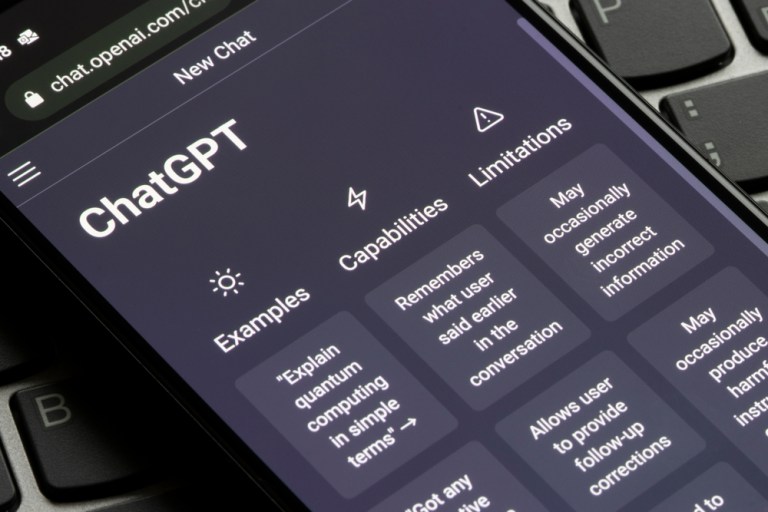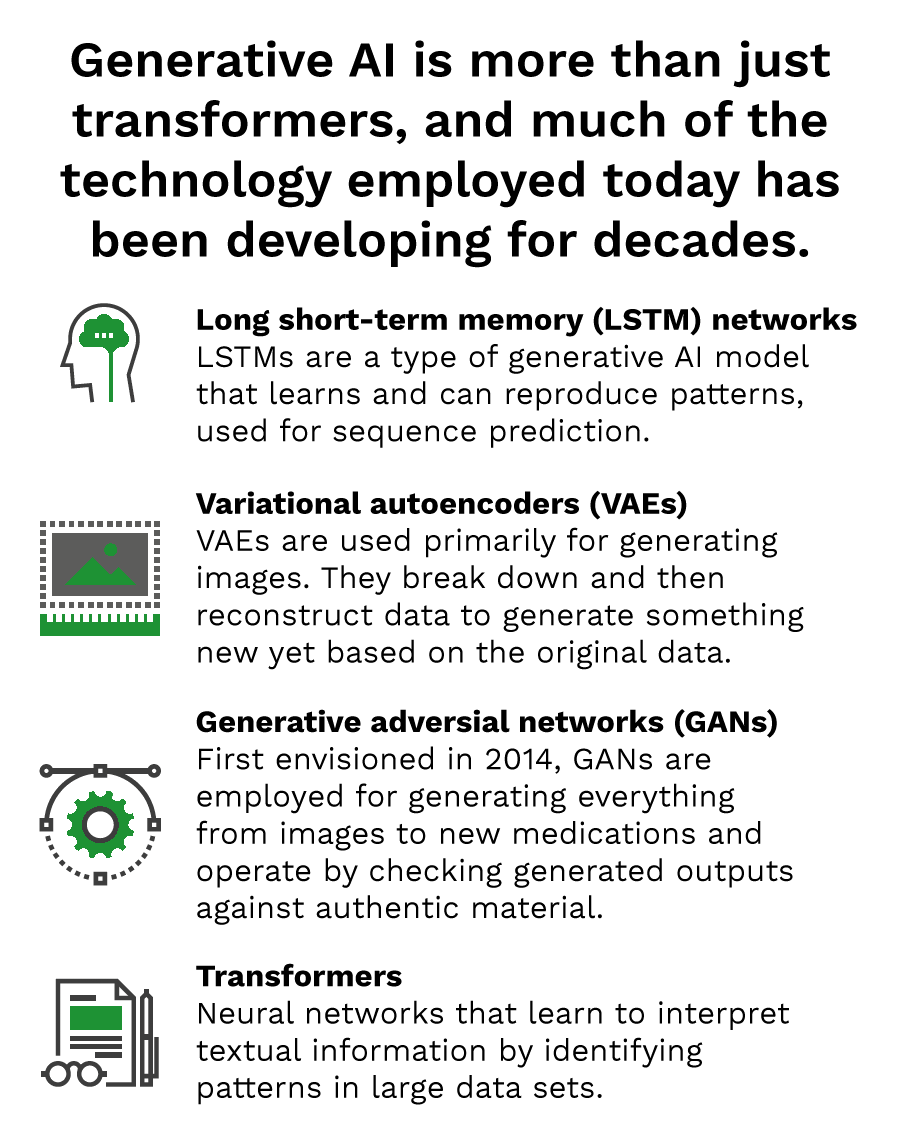Generative AI Broke the Mold

Generative AI has permanently altered how humans create new ideas and content, yet even OpenAI’s own AI detector misses 74% of AI-generated content. In the inaugural issue of the “Generative AI Tracker®,” PYMNTS describes how the race is on to ensure that human-generated materials retain their value.
Less than a decade ago, the idea of something like ChatGPT or image generators such as DALL-E would have seemed as much a part of science fiction as light-speed travel.
Then, in late 2022, the world woke up to a new paradigm of artificial intelligence (AI): generative pre-trained transformers (GPT). To many observers, OpenAI’s ChatGPT appeared to interact and answer questions as if it were human. The dream of AI software that could mimic human interactions had been decades in the making, but it accelerated dramatically in recent years.
The current iteration of generative AI began in 2017, when a paper from Google titled “Attention Is All You Need” started a revolution by introducing the concept of transformer neural network architecture. This concept would go on to become the heart of OpenAI’s GPT, to power Alphabet’s Language Model for Dialogue Applications (LaMDA) and to enable the pivotal development that slingshotted generative AI out of laboratories and into everyday lives.
Generative AI’s Latest Iteration 
Generative AI applications employ different neural networks like parts in a machine, matching them up to create optimal interactions. As significant as they are, transformers are only the latest iteration — like the combustion engine in transportation was in replacing steam. However, transformers are the beating hearts of current large language models (LLMs), the neural networks that interpret and create normal human speech. Without transformers, the most recent advances in generative AI would not have been possible.
Moreover, all of these advancements have happened in a very short period of time.
Generative AI Is Everywhere
If it is not physical, generative AI can create it. If it is physical, generative AI can redesign, reinvent or suggest new ways to use it. The applications for generative AI are much like human imagination: potentially limitless. From the start, people have suggested ways generative AI could simplify the work of — or replace — humans in fields such as journalism, music, photography, marketing and art.
What about product design, manufacturing and development? Generative AI can create synthetic data sets to stand in for real-world data or run simulations for potential outcomes. It could redesign your landscaping or tell a utility company the optimal path for infrastructure. A generative AI application could assist doctors in reaching a diagnosis, even as a relative stands at the bedside asking generative AI to help them understand what is happening. It could soon play an intimate part in tasks as mundane as making grocery lists and as significant as designing a curriculum for a special needs child.
Generative AI can place the knowledge of only a few experts into the same room with every single person who needs it. Decades ago, the internet promised to bring the world into every home and office. Generative AI promises to harness the deluge of information that lives in every search query and turn it into tangible, life-changing products that touch every corner of our lives.